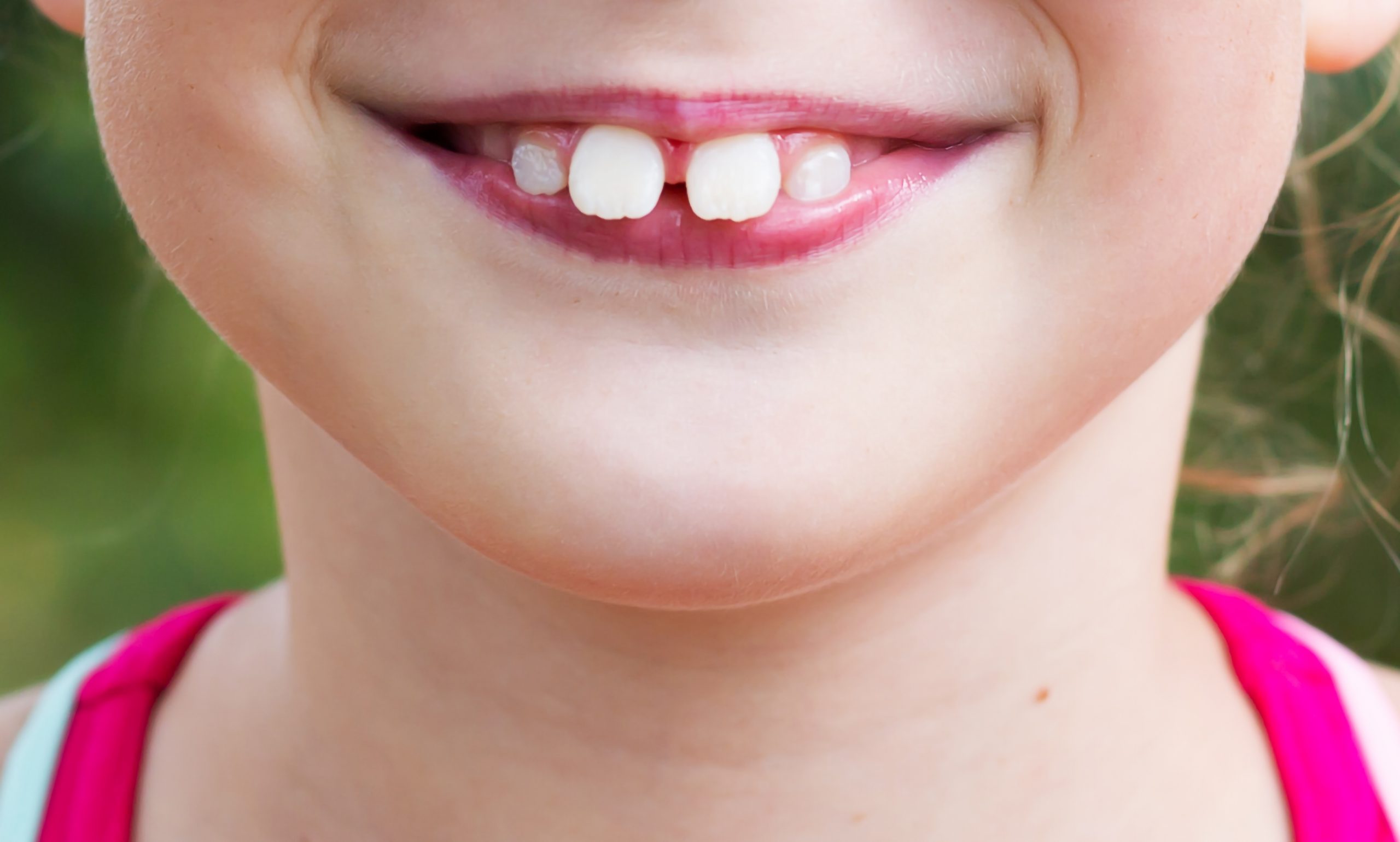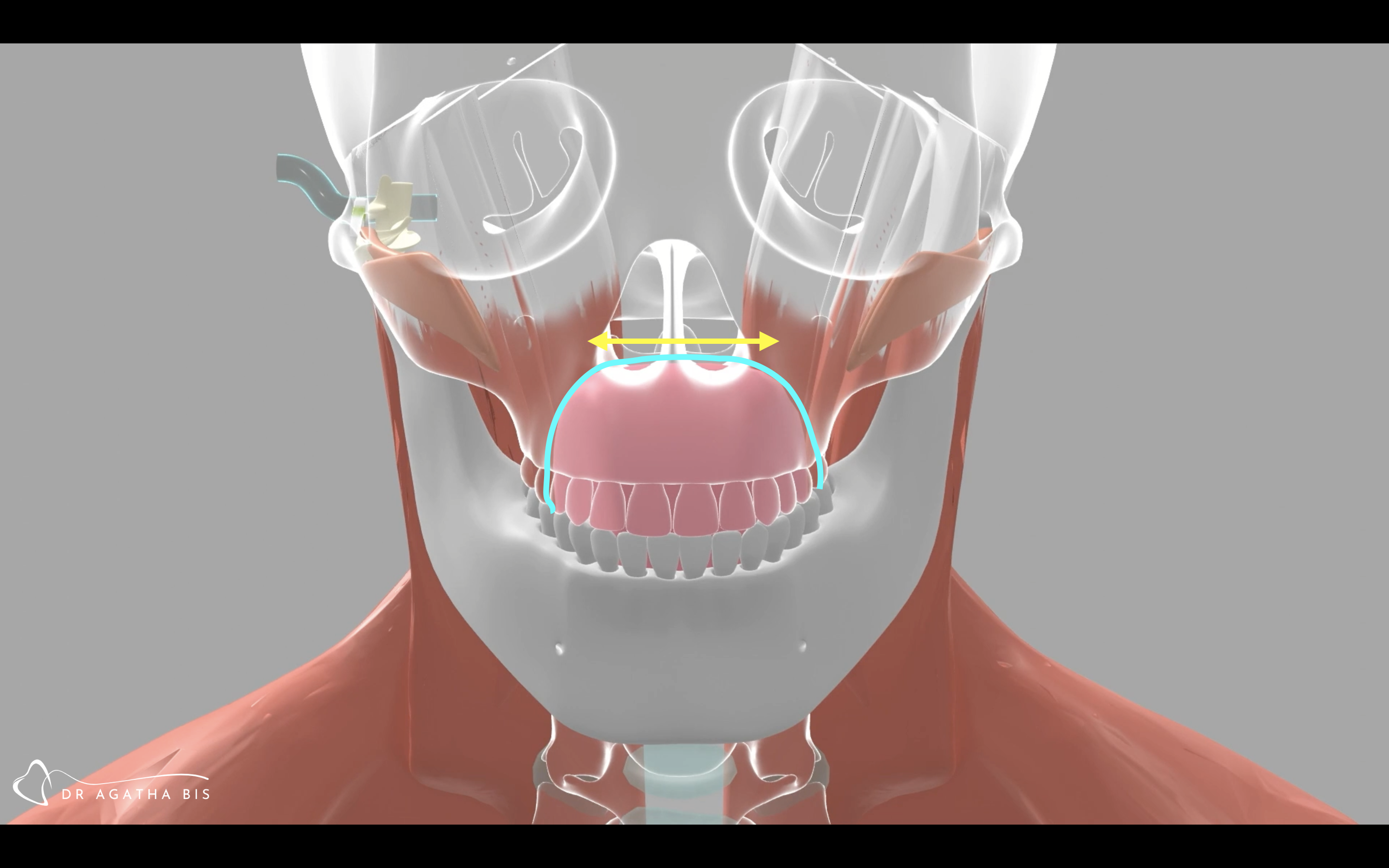Did you know that buck teeth, what dentists call overjet, is a sign of poor tongue position, likely due to allergies and mouth-breathing, and can lead to jaw pain later on in life?

Most people and most dentists don’t realize that Temporo-Mandibular Disorder actually begins to form in early childhood. It has to do with airway development way before the child turns ten years old. Airway development has everything to do with tongue position and how breathing occurs, and develops, early on in life. Normal breathing takes place through the nose.

In a developing child, before the age of 10 years old, if the child develops allergies, the adenoids and tonsils can swell, causing restriction or blockage to air coming in through the nose. So the child has to then drop their tongue in order to get air in through their mouth instead.
If the child develops allergies that cause the adenoids or tonsils to swell, that results in a blockage of air coming in through the nose, and difficulty breathing, the body naturally adapts by causing the tongue to drop in order to get air in through the mouth.

Tongue position influences skeletal growth. The roof of the mouth is the floor of the nasal passages so the width of the roof of the mouth defines the width and the volume of the nasal passages. And people with a narrow maxilla often have difficulty breathing.
As teeth erupt, they are moved horizontally into position by opposing forces from the tongue and outside muscles. Tooth position is determined by these forces. The same is true for the anterior teeth. The combined effect of the position and strength of the buccinator-orbicularis oris muscle (the lip muscles), and the size, strength, and posture of the tongue determines the precise horizontal position and inclination of the anterior teeth.

So the buccinator muscle (cheek muscles) and the orbicularis-oris (lip muscles) and the tongue position influences skeletal growth, width of the upper arch, and the volume of the nasal passages, as well as tooth position. If the tongue position is not ideal, the front teeth will be misaligned. This is why, when you see a child with a large overbite/over-jet (“buck teeth”) it’s usually due to tongue position - see part 2 of this blog to learn how crowded teeth in children can be a sign of breathing issues.

